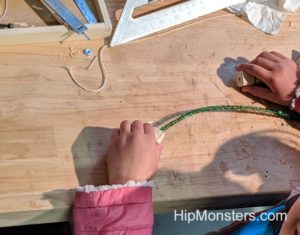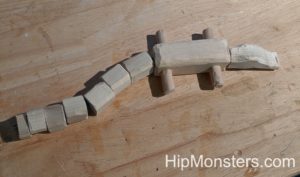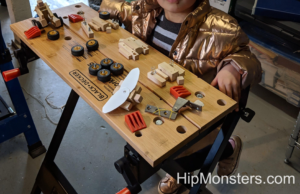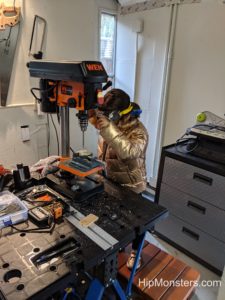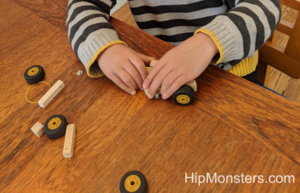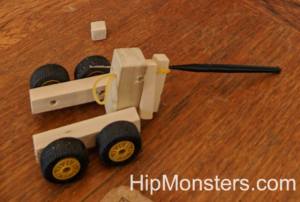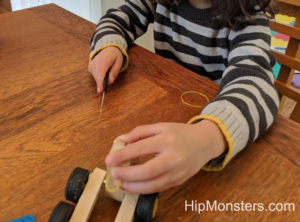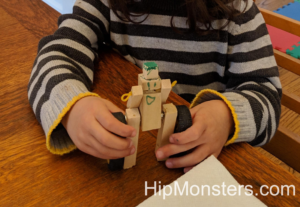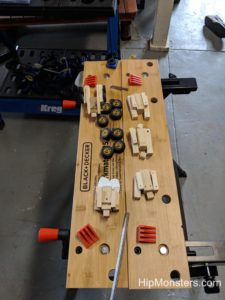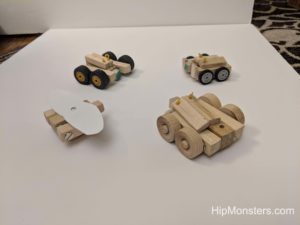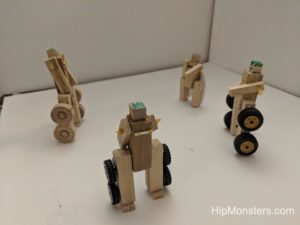Please note, that this material is provided for informational purposes only and is not a guide on how to create the designs. Please read our disclaimer.
This quick creation was inspired by Pinkie Pie from My Little Pony. We love Pinkie Pie’s bright outlook and humor! When we found a scrape of bright colored faux fur in our recycled fabric box we all thought of her right away.
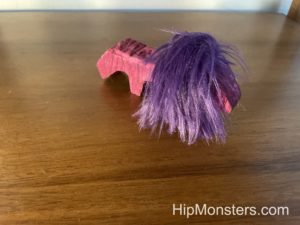
We used balsa wood for the body and faux fur for the mane. It took a while to carve since ponies have a specific body shape. We first drew the basic outline on the balsa wood then cut out the rough shape with a saw. To make sure we did not damage the wood we wrapped it in leather when it was in the vice. Then we used wood carving tools and sand paper to finish the shape. The head was the hardest part to get right. Ponies have a very specific look to them. We used a wood carving tool with a groove to get the fur just right.
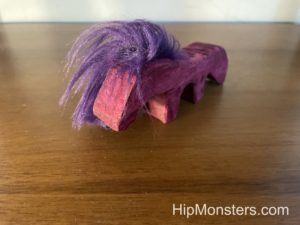
The mane was stapled on to the body then pulled over to cover up the staples. To give it a bright color we used a red wood dye. The dye also showed off the pony’s carved fur.
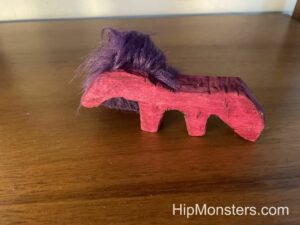
After a quick comb our little pony was ready to roam the world!
Happy creating!

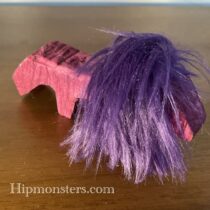
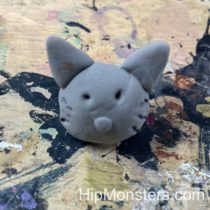
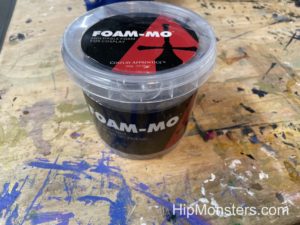
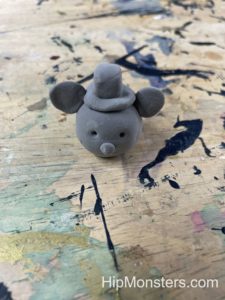
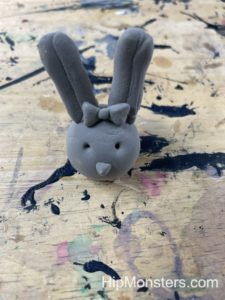
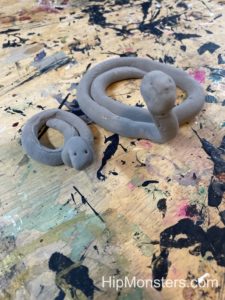
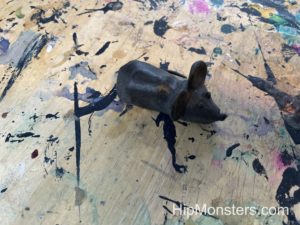
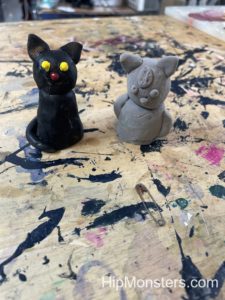
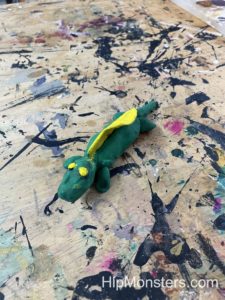
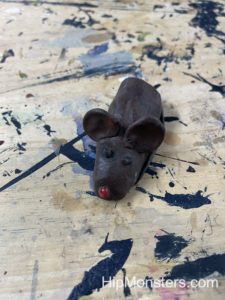
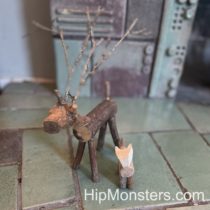
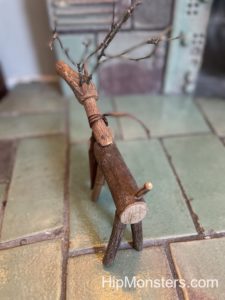
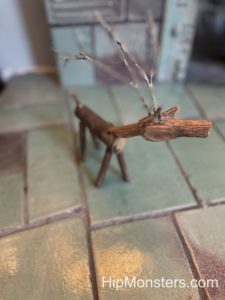
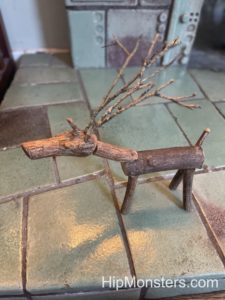 We attached the antlers of the deer by taking small branches from our birch tree and putting them in the holes that we drilled on the head. The antlers were very important because it would help people recognize this as a deer. We had to find branches that were strong so they won’t break, but small enough to look realistic. Luckily, birch trees shed a lot of branches, so it wasn’t too hard to find perfect branches.
We attached the antlers of the deer by taking small branches from our birch tree and putting them in the holes that we drilled on the head. The antlers were very important because it would help people recognize this as a deer. We had to find branches that were strong so they won’t break, but small enough to look realistic. Luckily, birch trees shed a lot of branches, so it wasn’t too hard to find perfect branches.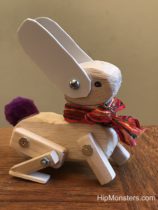
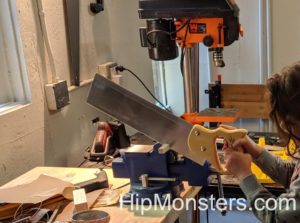
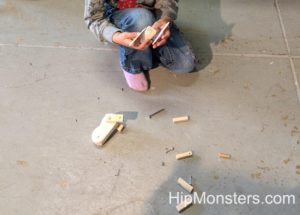
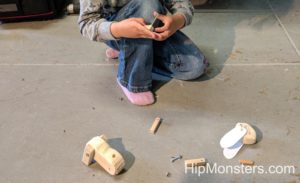
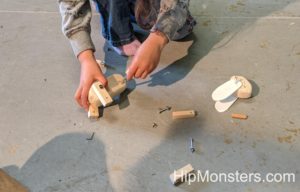
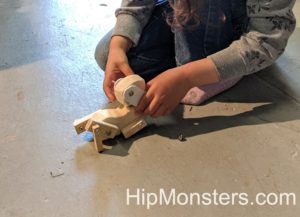
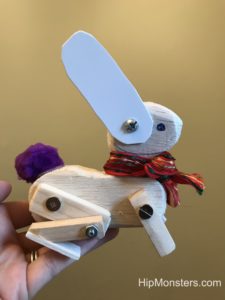
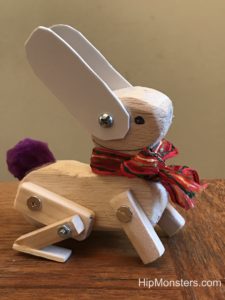

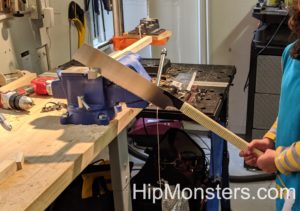
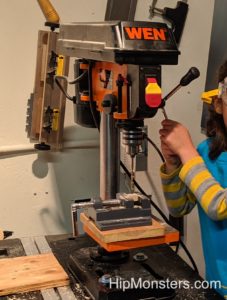
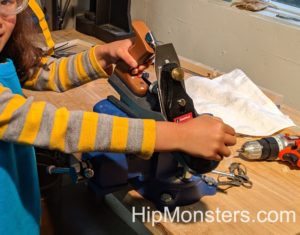
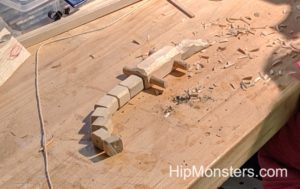 We laid out the final design before threading the wire through the holes we drilled.
We laid out the final design before threading the wire through the holes we drilled.